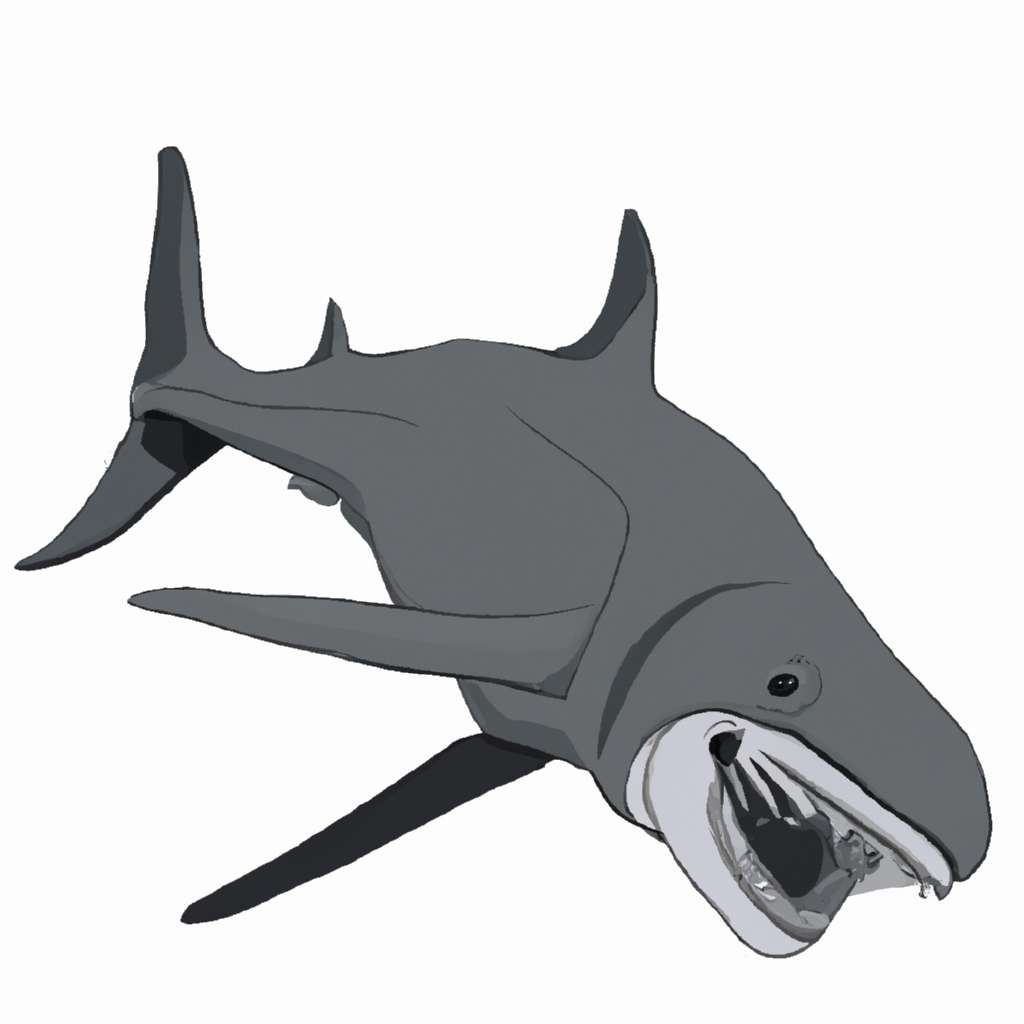For centuries, tales of the mighty Megalodon have captivated our imaginations. This prehistoric shark, whose name means ‘big tooth’, is believed to be one of the largest and most powerful predators in vertebrate history. But exactly how big was the Megalodon? Let’s dive into the depths of history to uncover the truth about this colossal creature.
The Megalodon Size: A Colossal Creature
The size of the Megalodon has been a topic of debate among scientists for years. However, most agree that an adult Megalodon was likely around 50-60 feet long, with some exceptional individuals reaching up to 70 feet. To put that in perspective, that’s almost three times the length of a large Great White Shark!
The weight of the Megalodon is another testament to its gigantic size. Estimates suggest that it could weigh between 50 to 75 tons, making it one of the heaviest creatures to ever swim the oceans.
Megalodon Teeth: Clues to Its Size
The majority of what we know about the Megalodon comes from their teeth, which can reach up to 7 inches in length. These teeth are not only important for understanding the Megalodon’s diet and feeding habits but also provide crucial information about its size. Scientists often use the size and shape of these teeth to estimate the overall body size of the Megalodon.
Size Comparison: Megalodon vs. Modern Sharks
To truly comprehend the size of a Megalodon, it helps to compare it with modern sharks. The largest shark alive today, the Whale Shark, reaches lengths of about 40 feet, still significantly smaller than the Megalodon. The Great White Shark, often considered the terror of the seas, measures only about 15-20 feet in length, making it dwarf in comparison to the Megalodon.
Was Megalodon a Dinosaur?
Despite its prehistoric existence, the Megalodon was not a dinosaur. It was a shark, and more specifically, a species of prehistoric shark that lived approximately 23 to 3.6 million years ago, during the Early Miocene to the Pliocene periods.
The Largest Prehistoric Shark
Megalodon holds the title for the largest prehistoric shark to have ever existed, as well as the biggest marine predator in the history of the planet. Its formidable size allowed it to dominate the oceans and maintain its position at the top of the food chain.
Megalodon’s Prey and Hunting Tactics
Given its enormous size, the Megalodon preyed on large marine animals such as whales, seals, and large fish. It used its powerful jaws, equipped with rows of giant, serrated teeth, to bite down on its prey with immense force, causing fatal injuries.
The Extinction of Megalodon
The exact reason behind the extinction of the Megalodon remains unknown. However, theories suggest a combination of climate change, decrease in food sources, and competition from other predators may have led to their demise.
Conclusion
The Megalodon was undoubtedly one of the most impressive creatures to have ever lived. Its enormous size and power make it a fascinating subject of study, even today. While it’s been extinct for millions of years, the Megalodon continues to captivate us with its sheer scale and the mystery that surrounds it.
So, next time you wonder “how big is a Megalodon?”, remember this colossal creature that once ruled the oceans. It serves as a powerful reminder of nature’s capacity for extraordinary growth and diversity.

